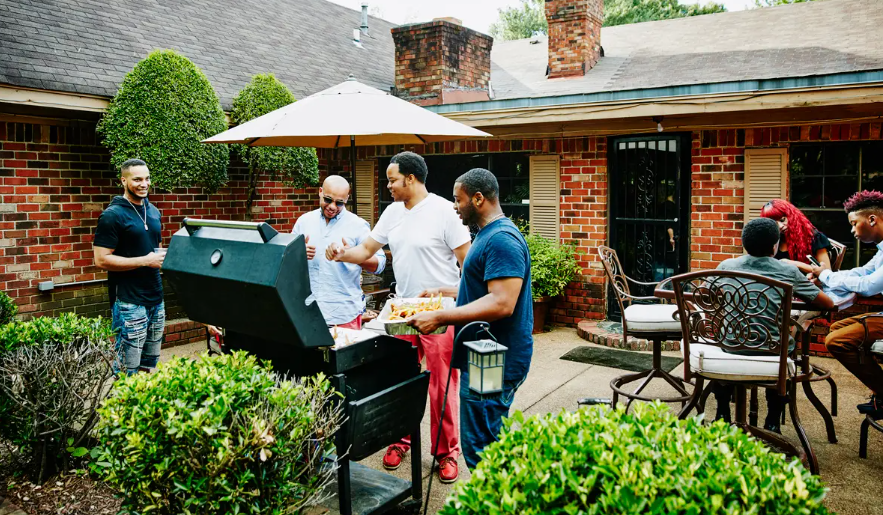Home insurance, often referred to as homeowner’s insurance or property insurance, is a crucial component of financial planning for homeowners. It provides protection against various risks that could result in financial loss due to damage or destruction of one’s home or belongings. Understanding the different types of home insurance policies available is essential for homeowners to make informed decisions about their coverage needs. In this article, we’ll explore the common types of home insurance policies and what they typically cover.
- HO-1: Basic Form HO-1 is the most basic type of home insurance policy, providing coverage for a limited range of perils such as fire, lightning, vandalism, theft, and certain natural disasters like windstorms and hail. It’s a minimalistic option and may not offer adequate coverage for most homeowners.
- HO-2: Broad Form HO-2 policies offer broader coverage compared to HO-1. They typically cover a wider range of perils, including those listed in HO-1, as well as additional risks such as damage from falling objects, weight of ice or snow, and accidental water damage from plumbing systems.
- HO-3: Special Form HO-3 is the most common type of home insurance policy and offers broad coverage for the structure of the home (dwelling) against all perils except those specifically excluded in the policy. This means that unless a peril is explicitly mentioned as excluded, it is covered. However, personal belongings are only covered for perils listed in the policy.
- HO-4: Renter’s Insurance HO-4 policies are designed for renters rather than homeowners. They provide coverage for personal belongings and liability protection but do not cover the structure of the rented property, as that is typically the landlord’s responsibility.
- HO-5: Comprehensive Form HO-5 policies are similar to HO-3 but offer broader coverage for personal belongings. They typically cover personal belongings against all perils, similar to the coverage provided for the dwelling. This makes HO-5 policies a more comprehensive option for homeowners who want extensive coverage for their belongings.
- HO-6: Condo Insurance HO-6 policies are specifically tailored for condominium owners. They provide coverage for personal belongings, improvements made to the unit, and liability protection. The coverage for the structure of the building is usually covered by the condominium association’s master policy.
- HO-7: Mobile Home Insurance HO-7 policies are designed for owners of mobile or manufactured homes. They provide coverage for the structure of the home, personal belongings, and liability protection. Mobile homes often require specialized insurance due to their unique characteristics and risks.
- HO-8: Older Home Insurance HO-8 policies are intended for older homes that may not meet the underwriting standards of standard home insurance policies. They typically provide coverage for the actual cash value of the home rather than the replacement cost, making them a more affordable option for owners of older properties.
In addition to these standard types of home insurance policies, homeowners can often customize their coverage by adding endorsements or riders to their policies. These additional coverages can include protection for valuable items like jewelry or artwork, increased liability limits, or coverage for specific perils not included in the standard policy.
When choosing a home insurance policy, it’s essential for homeowners to carefully assess their needs and consider factors such as the value of their home and belongings, their location and exposure to specific risks, and their budget. Comparing quotes from multiple insurance providers and understanding the terms and conditions of each policy can help homeowners find the right coverage to protect their most valuable assets.



